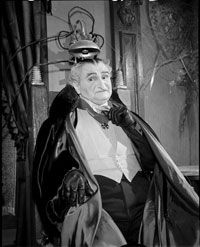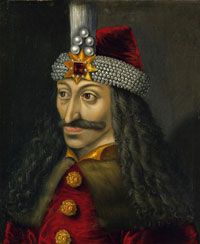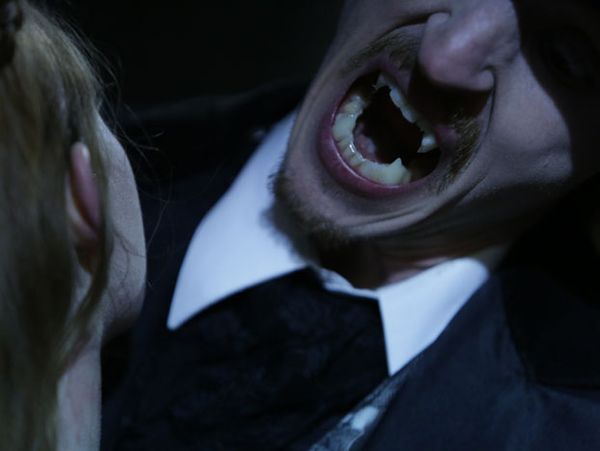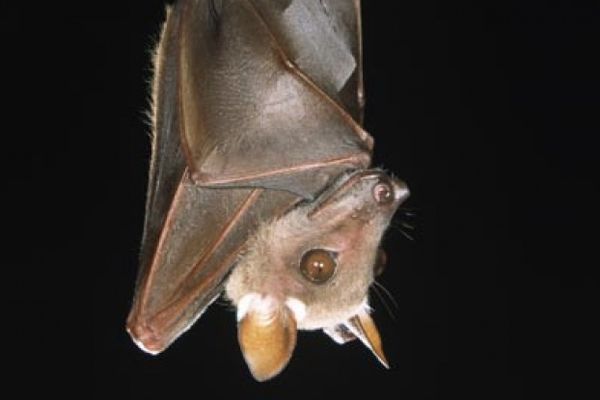It wasn't until he came across documents during his research at the British Museum that novelist Bram Stoker found the man who would serve as the perfect foundation for his classic gothic horror character, Count Dracula [source: Kent State University]. Vlad Tepes (pronounced te'-pish), a 15th-century prince from the dark, forested mountains of Eastern Europe was his inspiration.
Accounts of Vlad Tepes' cruelty have been distorted throughout history, and Stoker's adaption seemed to help perpetrate these distortions. The prince was bestowed with the surname "Tepes" ("Impaler") based on his fondness for impaling victims. It was his father from whom he proudly took the name "Dracula" ("Son of the Dragon"). Tepes was no vampire, although one historic account details how he drank a victim's blood [source: West Grey Times]. And Tepes certainly wasn't immortal (it's unclear how he died), as Stoker's count is.
Advertisement
But Stoker wasn't just inspired by the prince's name. Tepes' reign was a cruel and bloody one.
When investigating sensational history, it's easy to find grossly exaggerated tales that obscure the facts. In the rare case of Vlad Tepes, little exaggeration is needed. Tens of thousands of people were tortured, maimed or died by his hand or command [source: University of Louisiana]. This isn't in dispute -- it's accounts of Tepes' motives where distortion tends to emerge.
As the prince of Wallachia, a region in Romania, and a defender of Christianity against the Muslim Turks, Tepes made many powerful enemies. His enemies spread propaganda about the ruler, which inadvertently assured Tepes' place in history. Tepes' deeds and atrocities made such an impression, in fact, that an unflattering epic poem about him was published on the Gutenberg printing press just eight years after the same moveable type was used to print the first Bible [source: Mundorf and Mundorf]. Had his detractors not campaigned against him, generating publications that survive today, Tepes' legacy may have been lost.
So who was this man? Was Tepes as bloodthirsty in real life as his fictional counterpart is in movies and books? The short answer is yes -- even more so. Read about the real Dracula on the next page.
Advertisement





